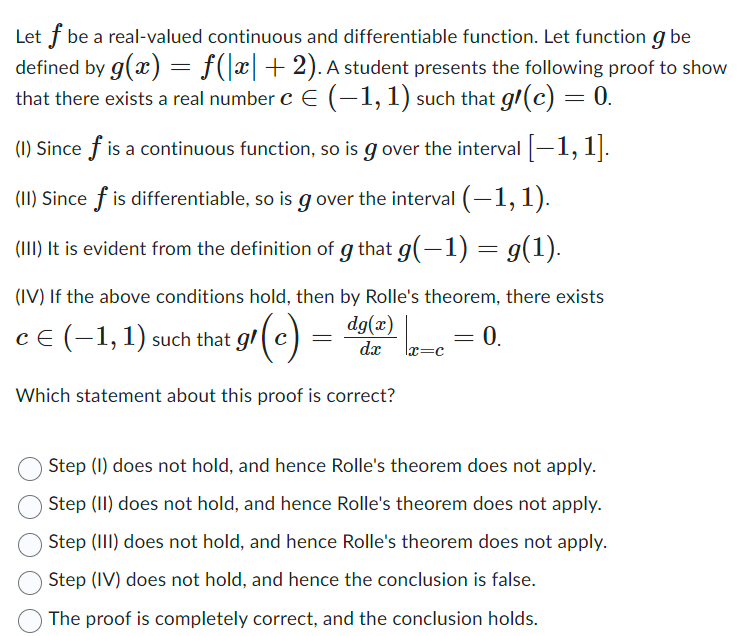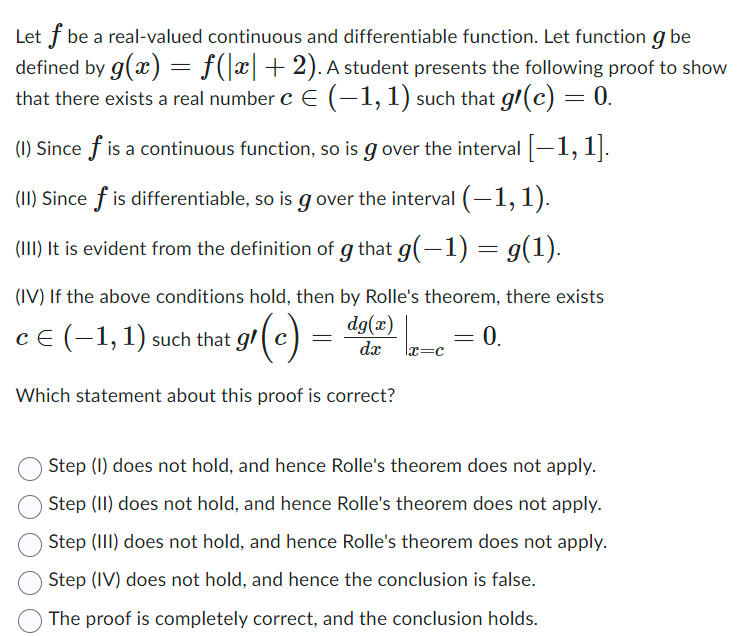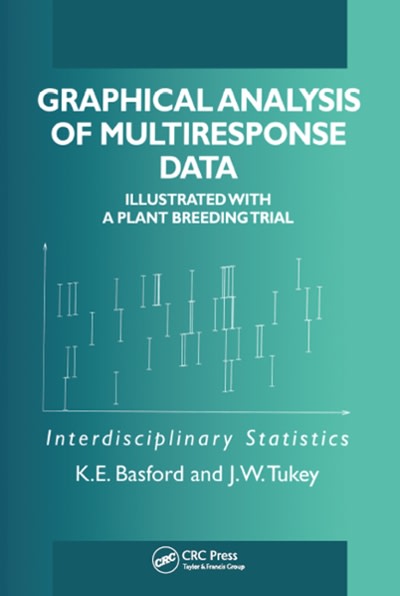Answered step by step
Verified Expert Solution
Question
1 Approved Answer
Let f be a realvalued continuous and differentiable function. Let function g be defined by 9012) = f( '3' I 2). A student presents the


Step by Step Solution
There are 3 Steps involved in it
Step: 1

Get Instant Access to Expert-Tailored Solutions
See step-by-step solutions with expert insights and AI powered tools for academic success
Step: 2

Step: 3

Ace Your Homework with AI
Get the answers you need in no time with our AI-driven, step-by-step assistance
Get Started


